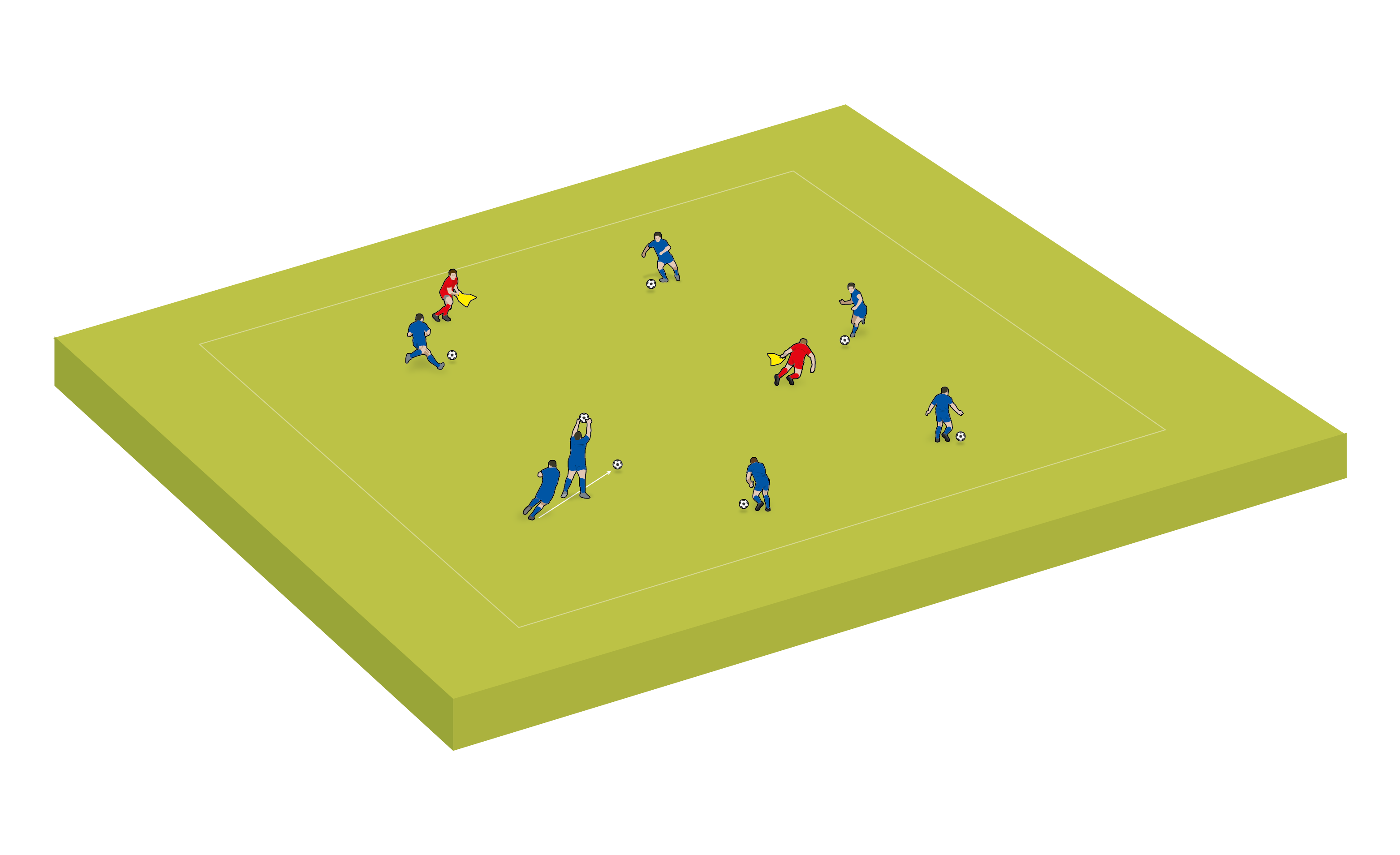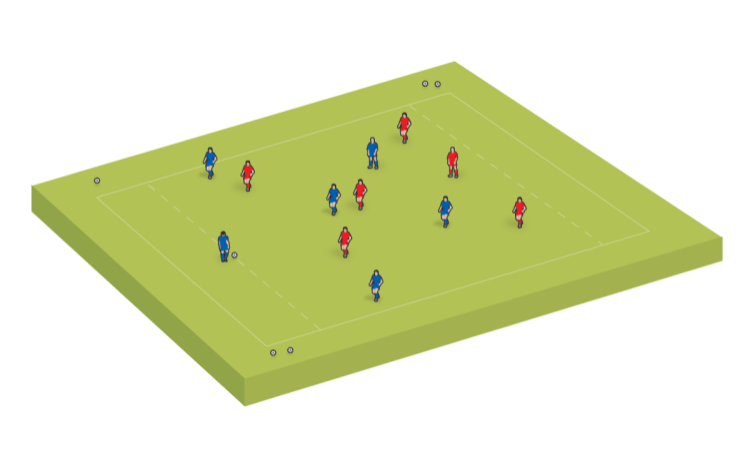Heading the ball soccer training drills
Lots of kids don’t enjoy heading the ball – but by using confidence-building training drills, you can help them overcome the fear factor.
Lots of kids don’t enjoy heading the ball – but by using confidence-building training drills, you can help them overcome the fear factor.
Play it safe As always, safety is paramount, so...
|
It’s only natural
A lot of the time a child’s reluctance to head the ball – they often close their eyes and let it drop on the top of their heads - is to do with fear. After all, it’s only natural to want to keep your head out of the way of an object you think might hurt it.
Gently does it
The simplest way to gain confidence is to gradually introduce players to the feeling of their forehead meeting the ball.
Begin with asking them to balance the ball on their forehead. Then allow them to have a ball each, and just gently throw it up, head it in the air and catch again.
Once they’ve tried that several times, ask them to try to head it twice before catching the ball. Then three times and so on.
The next drill would be to throw the ball up to themselves and then head it to a partner standing approximately 5 metres away, who repeats the exercise.
This soccer training drill is encouraging your players to:
1. Watch the ball.
2. Keep their eyes open.
3. Head the ball with the forehead.
4. Aim for the middle of the ball.
Once they’re comfortable with this training drill, increase the distance to about 10 metres, and this time have the players throw the ball underarm to each other.
It’s at this stage that, as well as the four points outlined in the training drill above, you should coach your players to:
- Move into line with the flight of the ball.
- Use their neck muscles.
REMEMBER: TEACHING YOUR PLAYERS THE RIGHT TECHNIQUE WILL HELP WITH THEIR CONFIDENCE.
Head up, head down
Heading the ball from danger – The aim of defensive headers is to achieve distance and height.
Distance, to keep the ball away from the goal, and height, to give more time for the defence to become organised to repel the next attack.
To achieve this, as well as the drills already mentioned, players should:
- Keep their eyes below the ball.
- Head the bottom half of the ball.
- Be almost side-on with the body.
- “Attack” the ball.
- Take off on one foot.
- Use the arms for elevation.
- Arch the back before heading the ball.
- Head the ball at its highest point.
- Land on both feet.
Heading to score
The big difference between defensive and attacking headers is that attacking players are mostly looking to head the ball down. That’s because heading the ball down makes it tougher for goalkeepers to make a save.
For the same reason, attackers should try to be accurate and aim for the corners of the goal. The key to the attacking header is to get the eyes over the ball and head the top half of the ball.
Heading for success
Heading the ball is a skill that’s often overlooked. Ignore it, and you could be throwing away the chance to gain a crucial advantage over your opponents. All it takes is a little bit of patience and a lot of practice.
Coaches Testimonials

Gerald Kearney, Downtown Las Vegas Soccer Club

Paul Butler, Florida, USA

Rick Shields, Springboro, USA

Tony Green, Pierrefonds Titans, Quebec, Canada
Soccer Drills
Discover the simple way to become a more effective, more successful soccer coach
In a recent survey 89% of subscribers said Soccer Coach Weekly makes them more confident, 91% said Soccer Coach Weekly makes them a more effective coach and 93% said Soccer Coach Weekly makes them more inspired.
*includes 3 coaching manuals
Get Weekly Inspiration
All the latest techniques and approaches
Soccer Coach Weekly offers proven and easy to use soccer drills, coaching sessions, practice plans, small-sided games, warm-ups, training tips and advice.
We've been at the cutting edge of soccer coaching since we launched in 2007, creating resources for the grassroots youth coach, following best practice from around the world and insights from the professional game.





